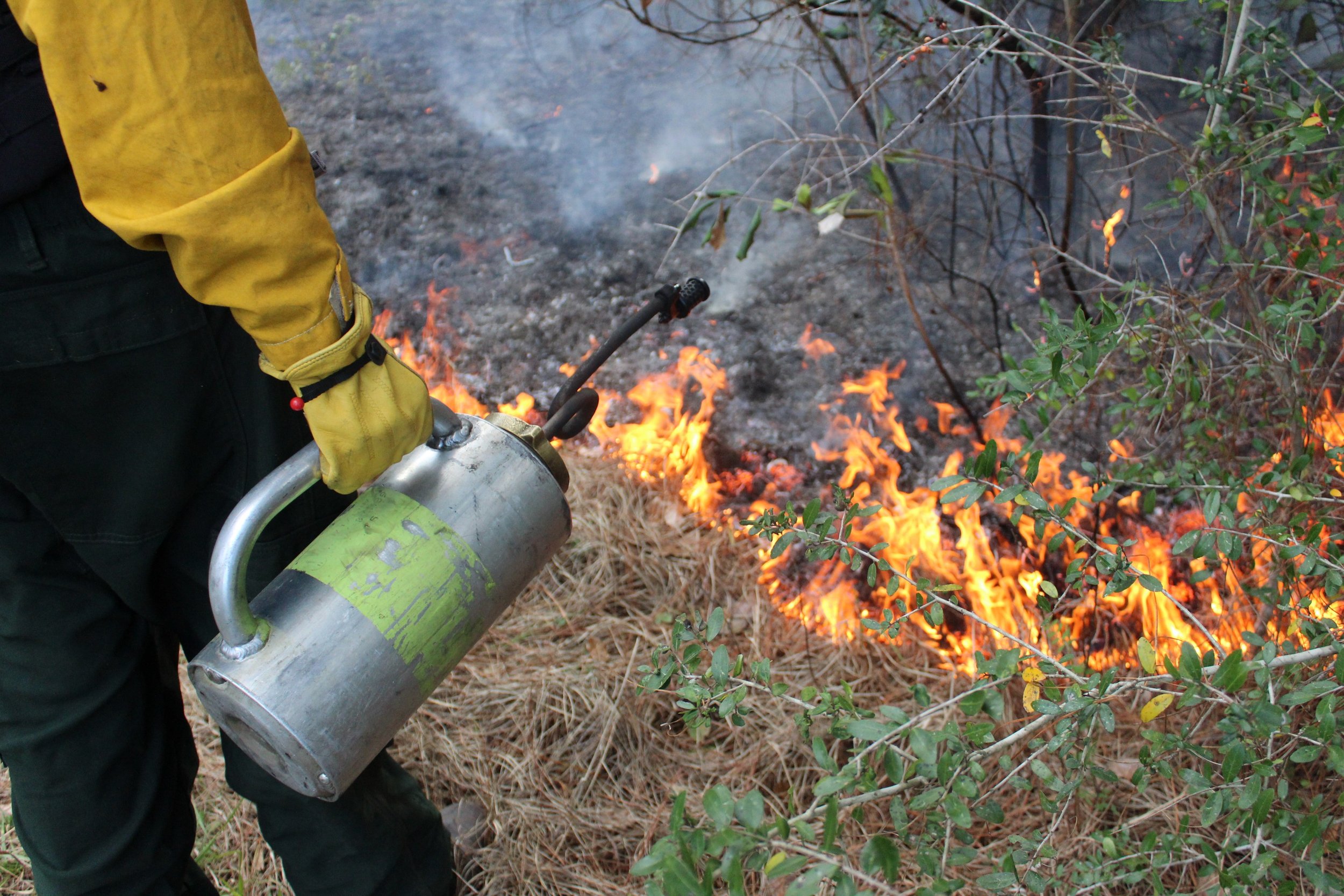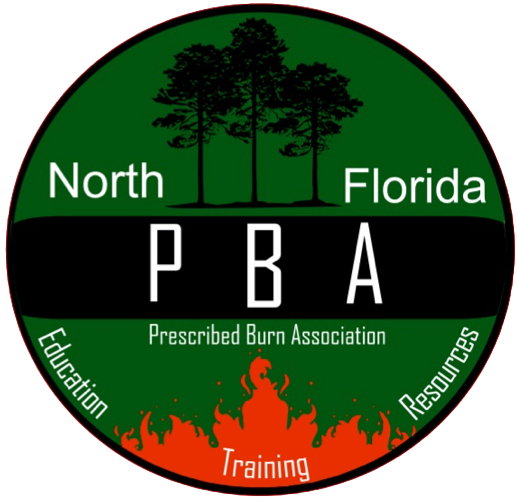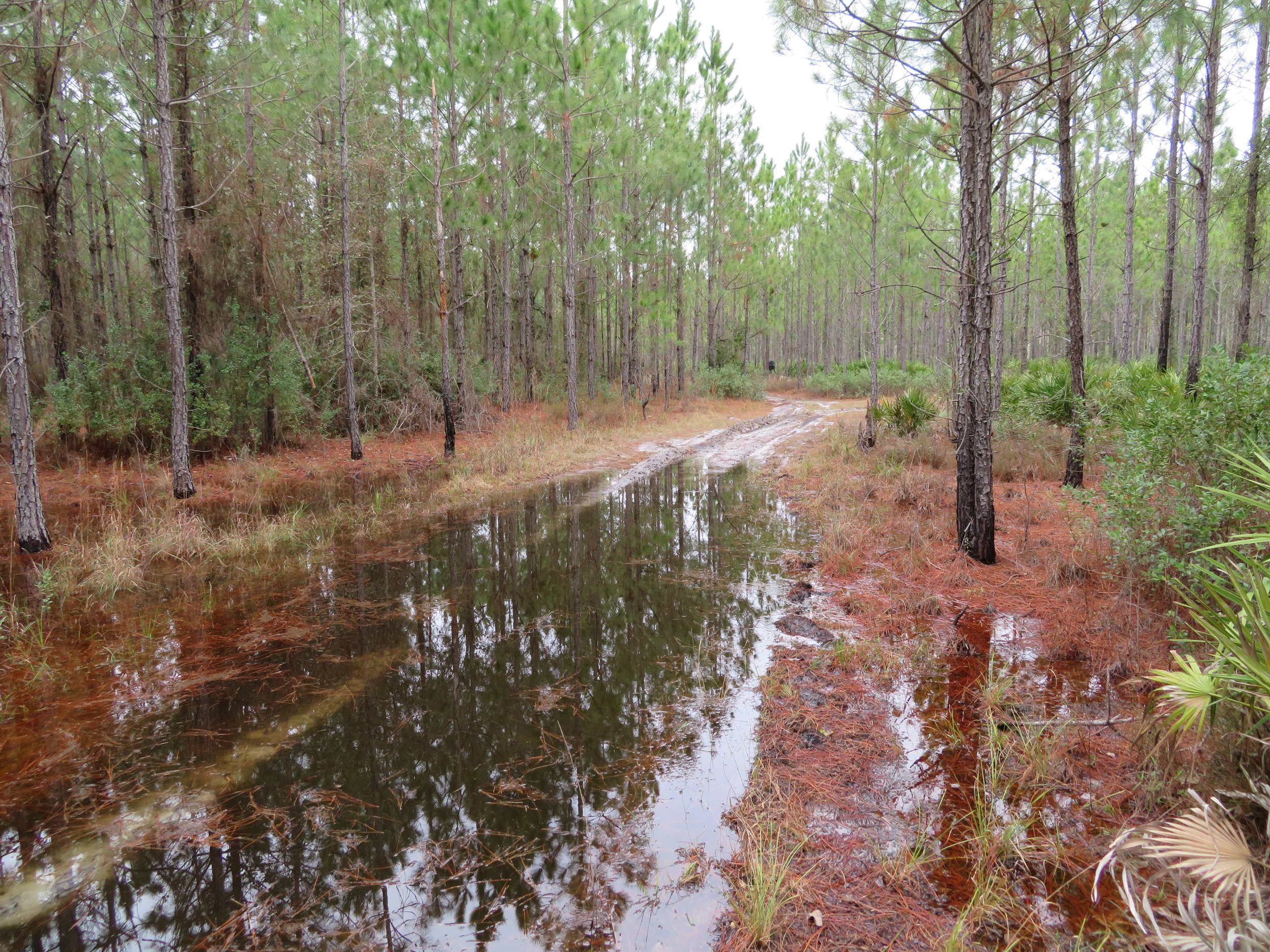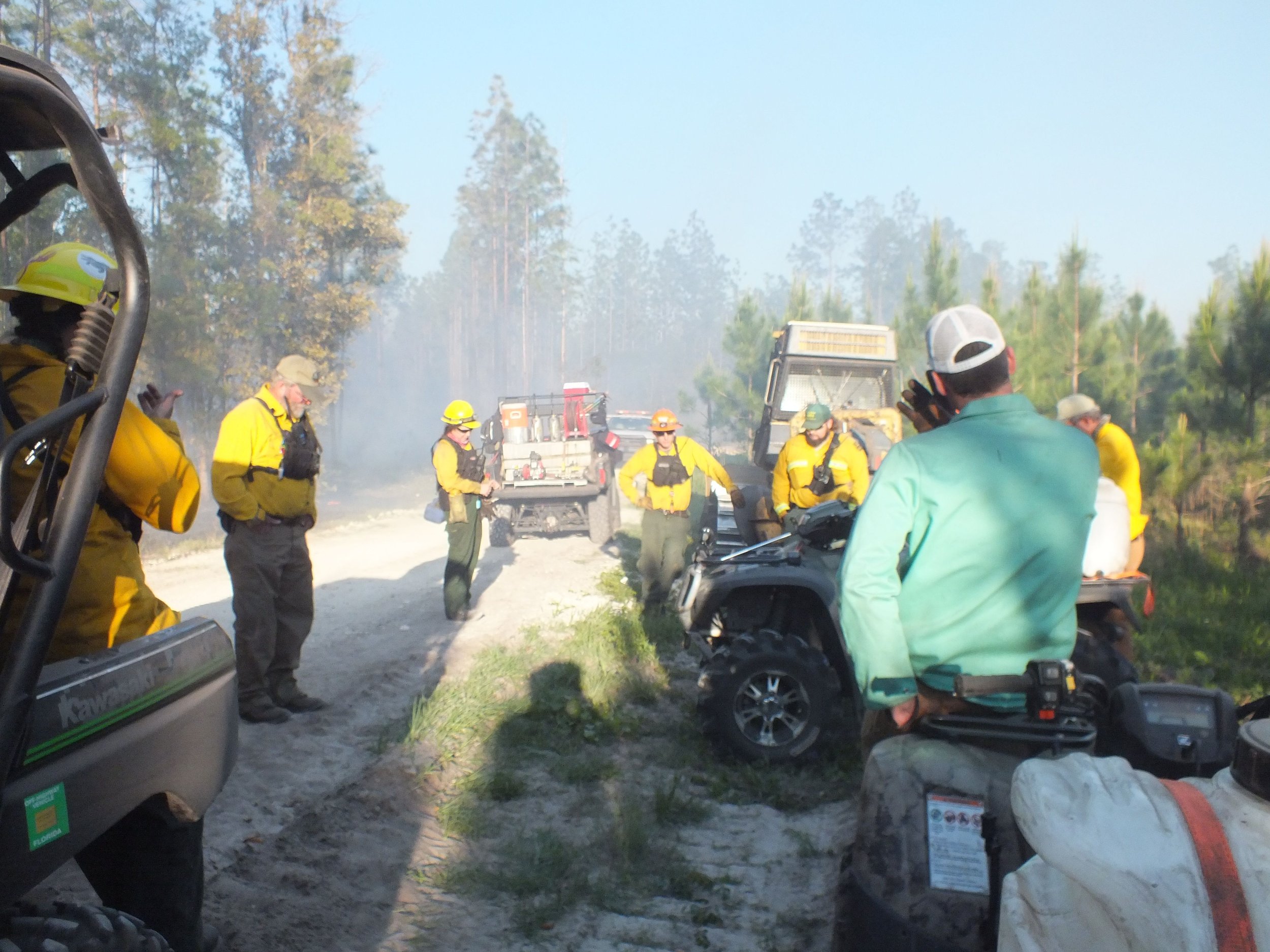
Typical Prescribed Burn Process
So, you have begun thinking about your land management goals and are considering using prescribed fire as one of your management tools. What should you expect and how do you start toward using prescribed fire on your property?
Step One
Contact your local prescribed burn association, County Forester, or FWC Landowner Assistance Program staff. County and FWC staff will help you understand your options and will likely put you in touch with your local prescribed burn association.
Step Two
Participate in a landowner site visit with a PBA member. Characteristics of your property (vegetation, topography, hydrology, need for construction or maintenance of fire breaks, etc), your management goals, and schedule will be discussed. Begin to consider cost and sources of funding.
Step Three
Evaluate Liability. To encourage the use of prescribed fire many States, including Florida, have enacted legislation that changes common law liability. This legislation does two things:
Defines the level of negligence required to find liability (e.g. simple negligence or gross negligence)
Clarifies that the burden of proof is on the party bringing the lawsuit
However, this is not a free pass. They typically require:
Increased level of training and certification
Specific actions of a burn manager such as:
Obtaining a permit
Preparing a written prescription
Staying on site until fire is adequately contained
A visit from a NFPBA burn manager will help you with an assessment of your land and ideas about using prescribed fire.
For further information, please go to the resources section of our website and watch the Southern Fire Exchange video “Legal liability for prescribed fire accidents in the Southeast,” or view it here.
Step Four
Start compiling your land management plan.
Write a plan documenting your management goals and methods for achieving those goals. The plan may include thinning, mowing, herbicide work, prescribed fire (season and frequency), among other activities. The plan should include how your property will be divided into separate burn units.
Step Five
Write your burn prescription – or have someone help you do this. The prescription for burning your property will address fuel (vegetation) characteristics, topography, orientation of your burn units, weather (many parameters to consider here), and your land management goals. In a simple scenario, you may have a single prescription for your entire property. In a more complex scenario, it is likely that you will have two or more prescriptions – applying to different burn units.
Step Six
Prepare your burn units. Construct or freshen-up fire breaks, drop snags near fire breaks, mow if need be, and do other work to prepare your property for burn day.
Step Seven
Wait for the weather to line up with your prescription. Burn prescriptions specify a combination of weather conditions that allow for the safe burning of vegetation on a property. If it is too wet (recent rain or unacceptably high relative humidity) vegetation will not burn well. If it is too dry or too windy, or if the wind is out of the wrong direction, it may be difficult to control a fire. If transport winds or dispersion are not adequate, smoke may not clear adequately and may produce hazardous conditions. The burn prescription is just that – a prescription for safe burning. It is not uncommon for a burn to be postponed the day before a scheduled burn because the weather forecast has changed, and conditions are predicted to be outside the prescription.
Step Eight
Put fire on the ground. Get PBA members, equipment, and other supporting organizations to your property on burn day. Pull the authorization to conduct a certified prescribed burn (an individual holding a valid Certified Prescribed Burn Manager certification must secure this authorization from the Florida Forest Service).
Conduct and evaluate a test fire (to make sure that fire behaves as you expected). If the test fire is successful, then proceed with your prescribed burn in accordance with the prescription. If your test fire is not successful (vegetation doesn’t burn or – at the other end of the spectrum - it is apparent the fire will be difficult to control), it may be necessary to cancel or postpone the burn. Be sure to monitor fire activity, weather, and smoke during the burn. Begin mop-up early enough in the day to complete that task before departing the site.
Step Nine
Conduct an After-Action Review (AAR). After completing your prescribed burn and before departing the site, take time to evaluate the burn as a group. Here at the North Florida Prescribed Burn Association, we focus on three questions: What went right? What went wrong? What did we learn?
Each fire is unique, and we adhere to the adage “If you are not learning something, you are not paying attention.”
Step Ten
Post Prescribed Fire monitoring. Monitor and record results over time of burns at each of your burn units. Results will likely vary with the differences in initial conditions at different burn units, variations in burning season (dormant season or growing season), fire intensity, and other factors. Keeping track of all that will help you determine how to proceed with, or alter, your management plan.











